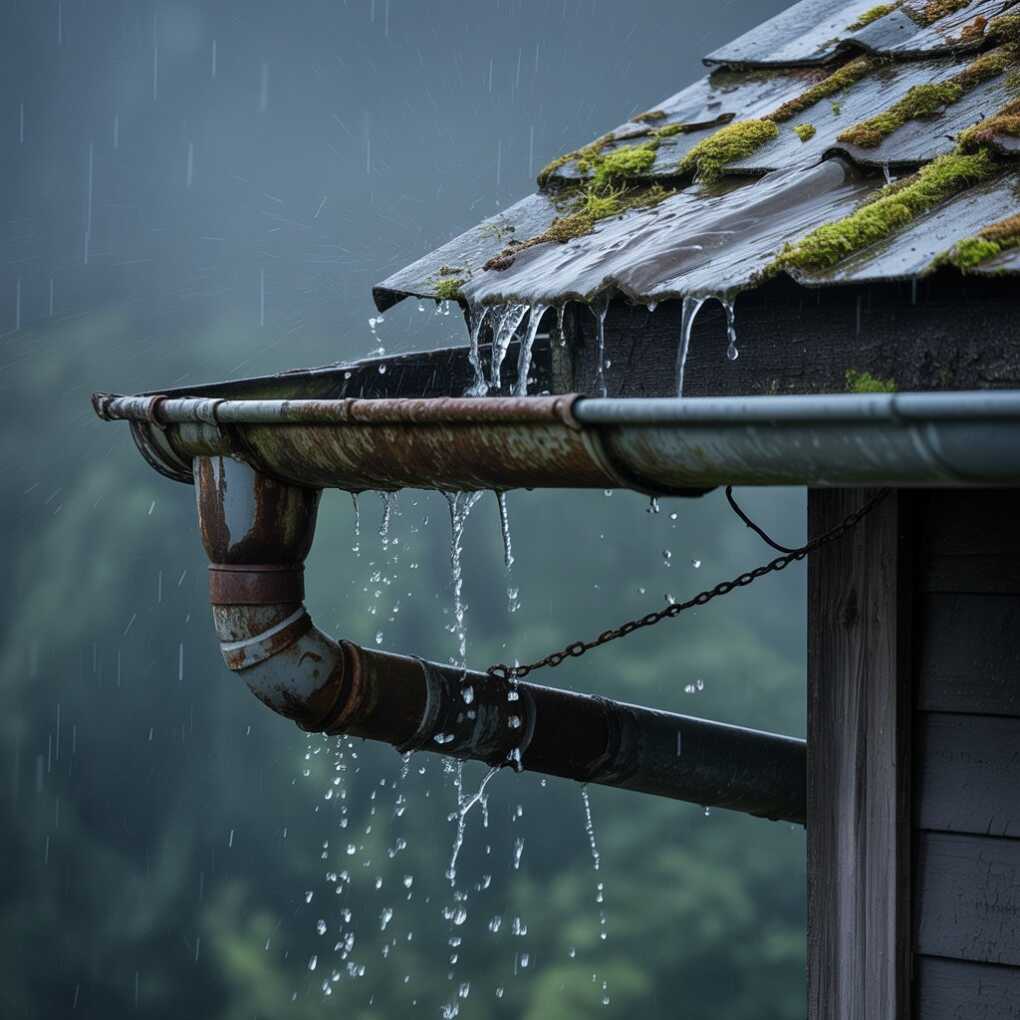Roof leaks often appear at the most inconvenient times, from rainy nights to humid afternoons, threatening not just the ceiling but the comfort and safety of the home below. They can begin as minor signs—small water stains or a faint musty smell—but quickly evolve into serious damage involving mold, structural issues, or even electrical hazards. Homeowners might feel overwhelmed when a leak appears, unsure of where it’s coming from or what steps to take next. While every roof has a limited lifespan, leaks often result from preventable issues or delayed maintenance. We will explore the most common causes of roof leaks and the practical, proven repair solutions available to address them. With clear information and the right support, homeowners can better protect their property from water-related problems and avoid costly repairs down the road.

Typical Causes of Roof Leaks and Their Repair Methods
Damaged or Missing Shingles
One of the most common causes of roof leaks is damaged or missing shingles. Shingles are the outermost layer of a roof, and they act as a shield against weather. Over time, windstorms, hail, or even long-term sun exposure can weaken shingles or tear them off entirely. Once this happens, water can easily seep into the layers beneath, eventually leaking into the interior of the home. This type of damage is particularly easy to spot from the ground—missing shingles often appear as bare patches on the roof.
Homeowners searching for reliable Lafayette roof repair often face this exact issue, especially after storms. Repairing this problem usually involves removing the affected shingles and replacing them with new ones that match the roof’s existing color and style. A sealant is often applied underneath and around the edges to prevent future seepage. In cases of widespread damage, it may be more practical to re-roof a section rather than patch it piece by piece.
For homeowners dealing with similar issues across the state, finding experienced professionals for roof repair NJ is essential, especially in areas where seasonal weather causes recurring wear and tear.
Flashing Failures Around Chimneys and Vents
Flashing is the thin metal or plastic material installed around roof features like chimneys, vents, and skylights to prevent water from seeping in at the seams. When installed correctly, flashing directs water away from vulnerable points and into the gutters. However, flashing can warp, crack, or come loose over time—especially if it was poorly installed or if sealants degrade with age. When flashing fails, water can easily penetrate the roof deck and enter the attic or ceiling below. Repairing flashing requires a careful inspection to determine whether resealing or complete replacement is necessary. If the flashing is still structurally sound, roofing cement or a high-grade caulking may suffice. Otherwise, replacing the old flashing with new material and resealing it can restore a secure barrier. Ensuring flashing is properly integrated with shingles and underlayment is key to long-term protection.
Clogged or Improperly Installed Gutters
Gutters play an important role in directing rainwater away from the roof and foundation. When gutters become clogged with leaves, dirt, or debris, water backs up and may pool on the roof. Over time, this standing water can deteriorate shingles, seep under flashing, and leak into the home. In some cases, the weight of the clogged gutters can even pull the system away from the roof, creating gaps where water can enter. Similarly, poorly installed gutters may not slope correctly or may leave openings where water escapes. The solution to this problem begins with regular gutter cleaning, especially during the fall and spring seasons. Installing leaf guards or mesh covers can also reduce buildup. For installation errors, adjustments to the slope or the addition of downspouts may help ensure water flows properly. If the gutter system is outdated, replacing it altogether can prevent chronic leaking issues.
Cracks in Skylights or Roof Windows
Skylights and roof windows are attractive features that allow natural light into a home, but they can be sources of leaks if not properly sealed. Common problems include cracks in the glass, faulty seals around the edges, or gaps where the frame meets the roofing materials. Over time, weather exposure can degrade seals and flashing, especially if the skylight was not installed with adequate water barriers. Leaks around skylights typically present as water spots or drips directly beneath the window during or after rain. Repairing these leaks begins with identifying whether the source is the glass, the frame, or the flashing. If the glass is cracked, replacement may be necessary. If seals are worn out, resealing with a weatherproof caulk or installing new flashing can stop the leak. For older skylights, upgrading to modern, leak-resistant models may provide better insulation and improved durability.
Conclusion
Understanding the root causes of roof leaks can help homeowners take preventative steps and respond quickly when problems arise. From missing shingles and failing flashing to skylight cracks and clogged gutters, each source of a leak has a clear repair path that can restore a roof’s integrity. Regular inspections and proactive maintenance are crucial for identifying early warning signs before they escalate into costly issues. By addressing the specific cause of the leak and applying the appropriate fix—whether that’s patching, sealing, or replacing—a home can remain safe, dry, and protected through every season. Roof care doesn’t have to be overwhelming when homeowners know what to watch for and who to turn to for dependable help.
